Are you dreaming of the splendour of ancient Egypt? We take you to discover our 13 essential things to visit in Luxor!
Visiting Luxor is thus making a leap in the rich and mythical past of ancient Egypt. Indeed, originally in Ancient Egypt, Luxor was called Ouasset, which means “the powerful.” It was then known as the Greek name of Thebes. This city of the fourth name (administrative division) of Egypt radiated during Antiquity, particularly around -2500 BC, at the time of the first pyramid constructions. It was, however, between the years -1600 to -1100 that it experienced its period of glory as the capital of Egypt. The temples of Karnak and Luxor are built there.
From -1100, it falls, like the rest of Egypt, under Syrian and Persian domination, then Roman and Byzantine. The Romans set up a military camp in the enclosure of the temple of the castle district and Thebes will take this name of Luxor. Its wonders are rediscovered only during the eighteenth century and are the subject of successive restorations, which allow us today to admire all the splendour. If Luxor’s history and tense attract you, follow us to visit Luxor! We have concocted a guide of 13 things to do in Luxor.
1. The temple of Luxor
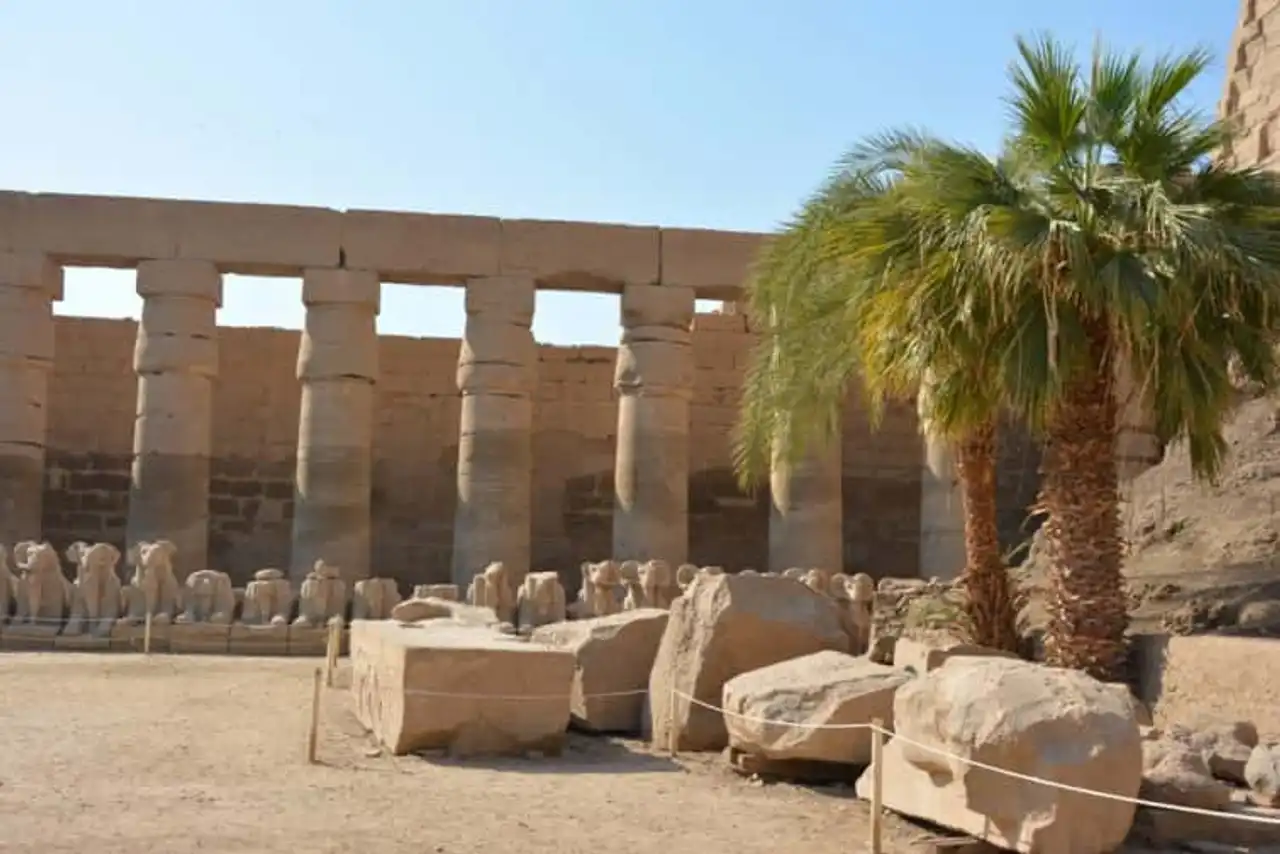
Photo credit: Shutterstock / Joelhemrick
Visiting Luxor is like opening a book of history! Indeed, the city is rich in many heritage buildings that deserve to be seen.
Initiated by Amenophis III in the second half of the 14th century BC, the temple of Luxor was completed a hundred years later, by Ramses II. He was dedicated to the god Amon and, to pay tribute to him, the feast of Opet was held every year for ten days. He then undergoes modifications, especially during the Roman occupation period, which built a chapel there. The Muslims then erected a mosque, which is still in service today.
The temple consists of several parts, introduced by the majestic sphinx aisle. After crossing the courtyard of Necanébo, one enters the domain of Ramses II by a door flanked by a monumental tower. The walk continues in the enclosure of a long colonnade, which leads to the court, then to the sanctuary of Aménophis III.
2. The temple of Karnak
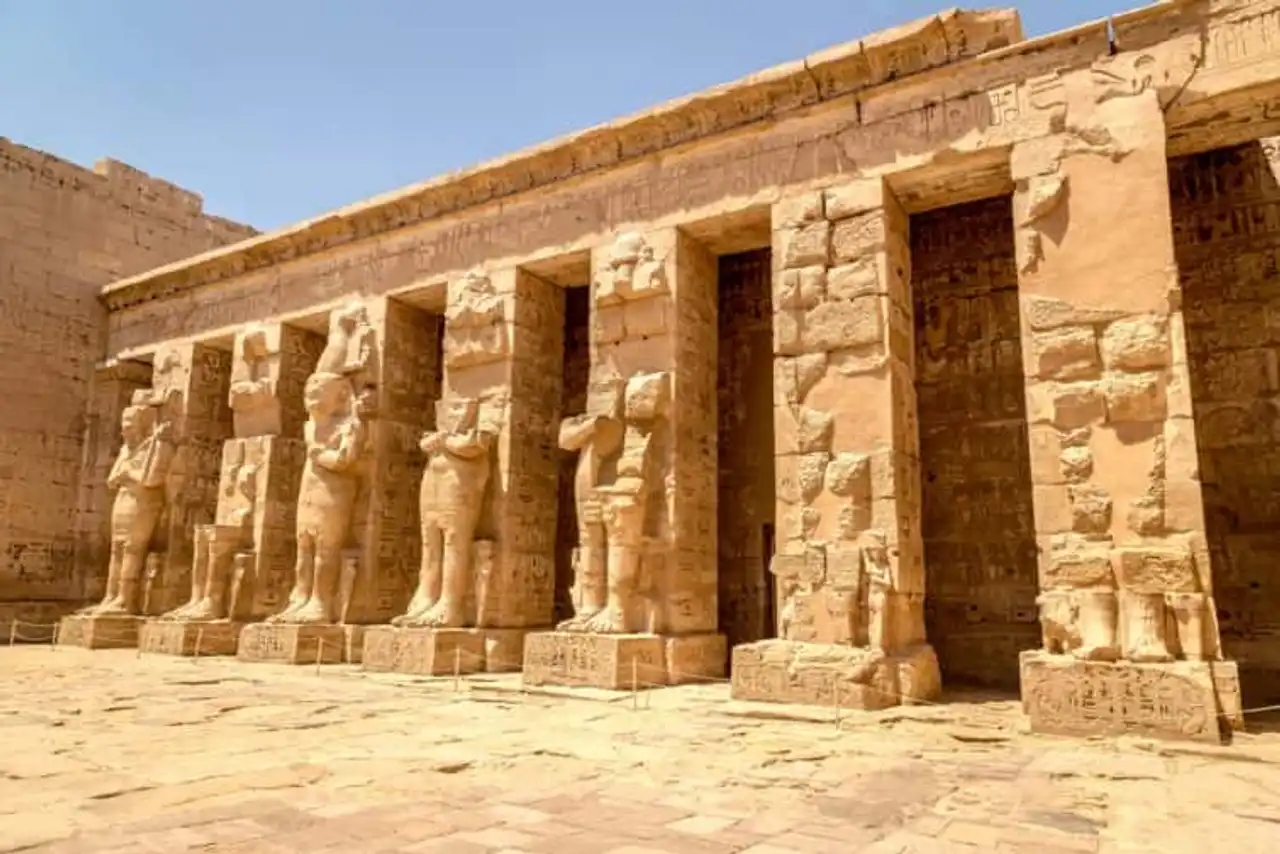
Photo credit: Shutterstock / matias planas
Older than Louxor, the temple of Karnak is a vast complex dedicated to the god Amon. Started during the second millennium BC, it was the subject of numerous additions over the centuries that followed.
Plan at least 2 hours , to discover the different parts, starting with the most recent. This begins with the podium, once flanked by two obelisks, one of which was transported to Place de la Concorde in Paris. You will also see hypostyle rooms, ceilings supported by columns, the restoir of the sacred boats and many other archaeological treasures.
3. Karnak Outdoor Museum
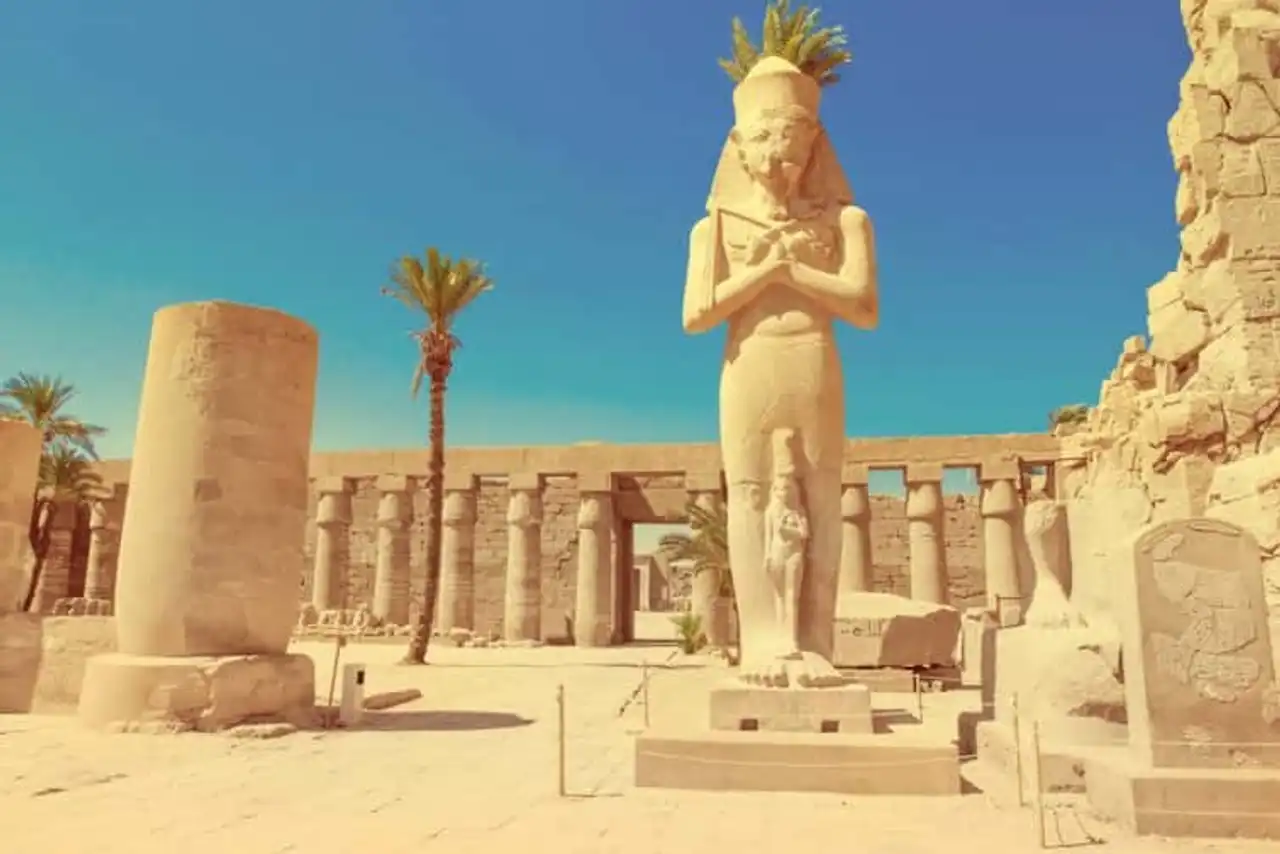
Photo credit: Shutterstock / Pakhnyushchy
In the enclosure of the Karnak temple, the outdoor museum gathers archaeological pieces found during the excavations. It is mostly fragments of old buildings, which it is not possible to reconstitute. Given the presence of decorative elements, hieroglyphs and drawings, they have a great archaeological value. Two buildings, however, are almost complete: the white chapel and the red chapel.
The museum is located near the exit of the temple, the entrance ticket to the site is purchased separately .
4. A royal tomb
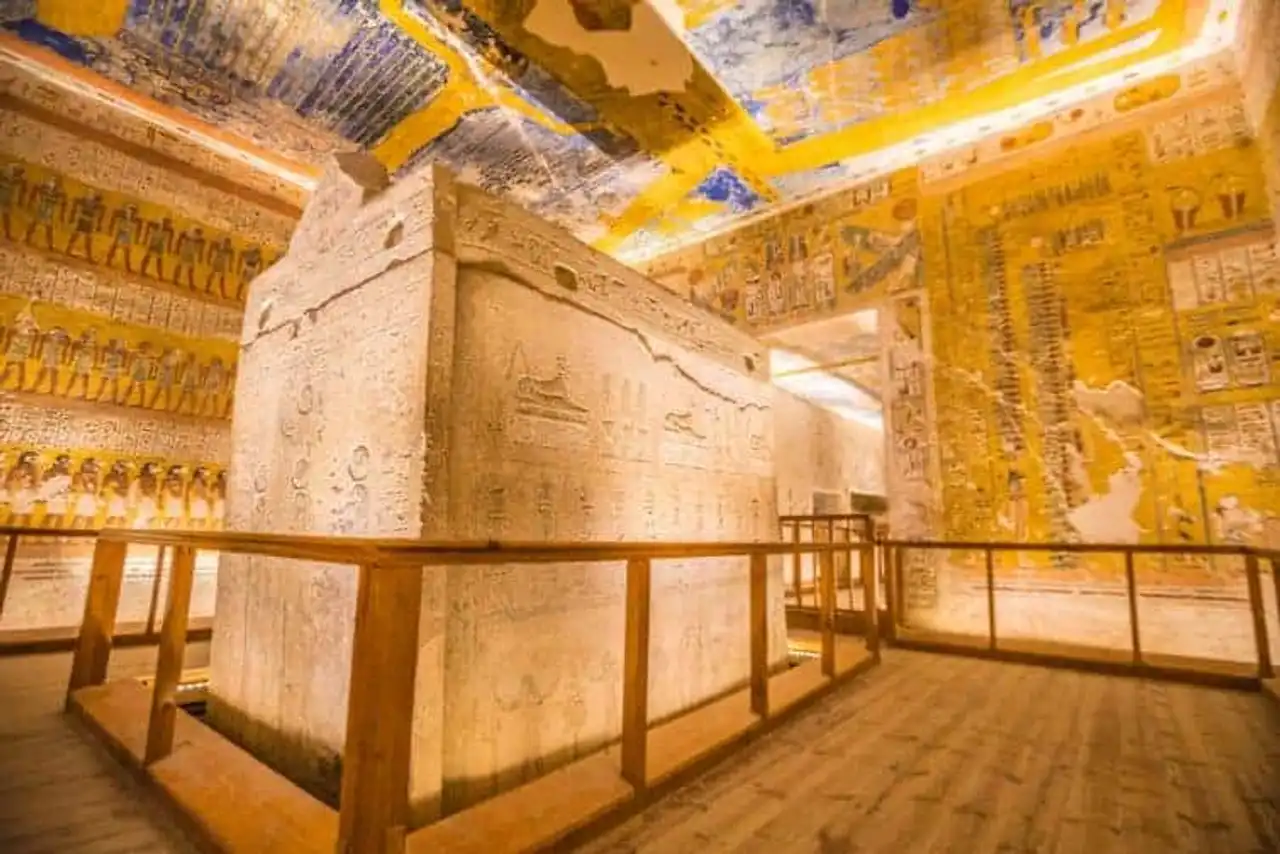
Photo credit: Shutterstock / Pocholo Calapre
Visiting Luxor is obviously to see the mythical Valley of the Kings. Instead of building pyramids, the pharaohs have, here, chosen to build their eternal dwelling in the limestone rock. The tombs were made during the reign of Pharaoh and were beautifully decorated.
Long corridors, decorated with hieroglyphs and frescoes, lead to the sovereign's funeral room. There are about 60 in this valley, but only 8 can visit. The ticket system is quite complicated: in general, you can visit 3 tombs with the overall ticket, but the most beautiful of them are often the subject of a supplement.
Among the most spectacular: the double tomb of Ramsès V and VI, Sethi 1st and Toutankhamon .
5. The Kings Valley and the Queens Valley
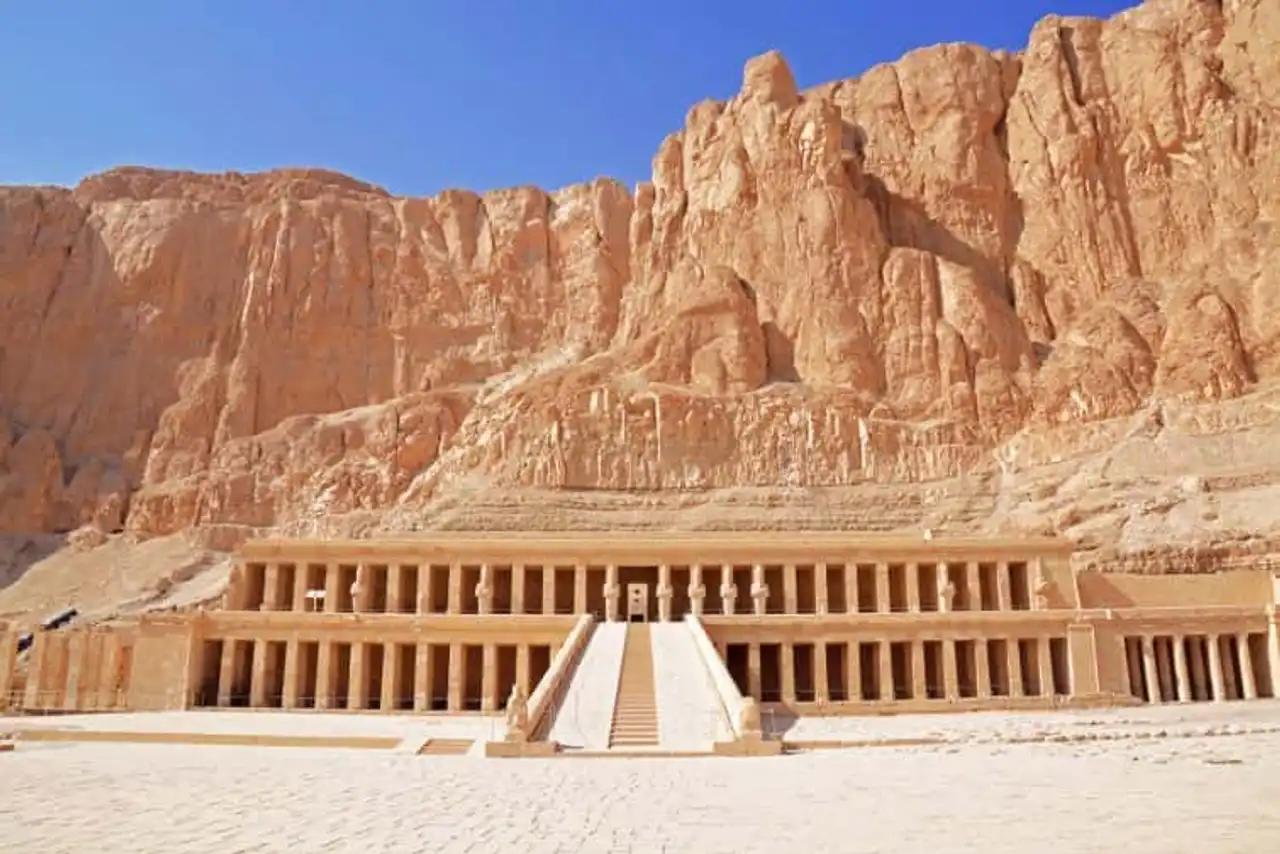
Photo credit: Shutterstock / Jeremy Red
There is another way of discovering the temples that scatter the region of Luxor: to take hiking paths. These will, most of the time, climb on the hills overlooking the buildings. It would be a shame to visit Louxor without crowding them because the panorama is breathtaking. For example, the one that starts from the Hatchepsout temple and makes you discover the site 360°.
Have some good shoes, the path is a little difficult. To hike in these valleys, you can also join an organized excursion, which mixes fun trips on the Nile and walks near the sites.
Another nice ride to visit Louxor: the Corniche, which goes from Luxor to Karkak, along the Nile.
6. The colossus of Memmon
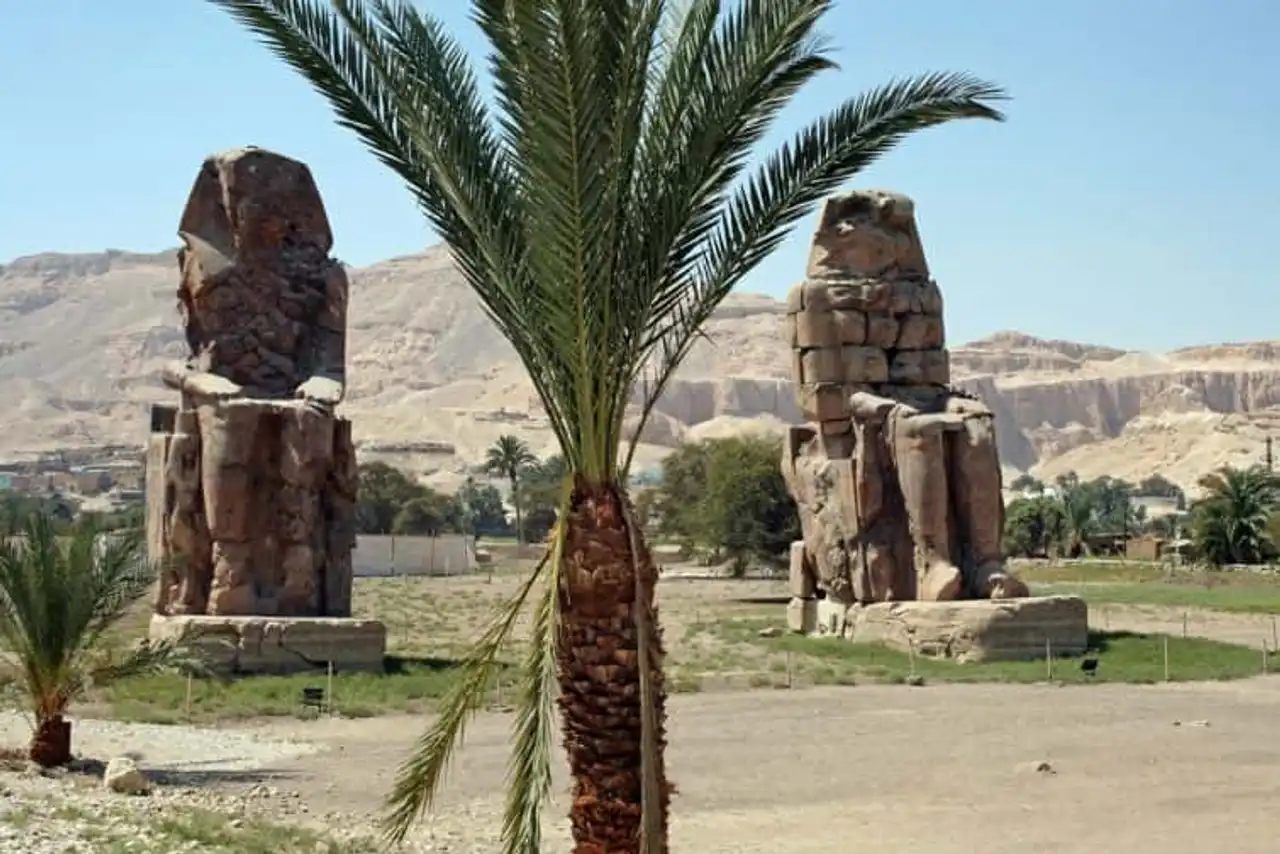
Photo credit: Shutterstock / Astrid Gast
To visit Louxor, head to Memmon's colossus! You're gonna feel tiny next door! Very spectacular, these two statues, almost 20 m high, are the only vestiges of the palace of Aménophis III, built in the years -1400 BC.
They are especially famous because, following an earthquake in -27, one of them cracks and gives rise to a curious phenomenon. Indeed, at sunrise, probably as a result of a phenomenon due to temperature change and hygrometry, the stone began to sing! However, you will not be able to attend this phenomenon because it interrupted during the renovation work.
7. The temple of Medinet Habu
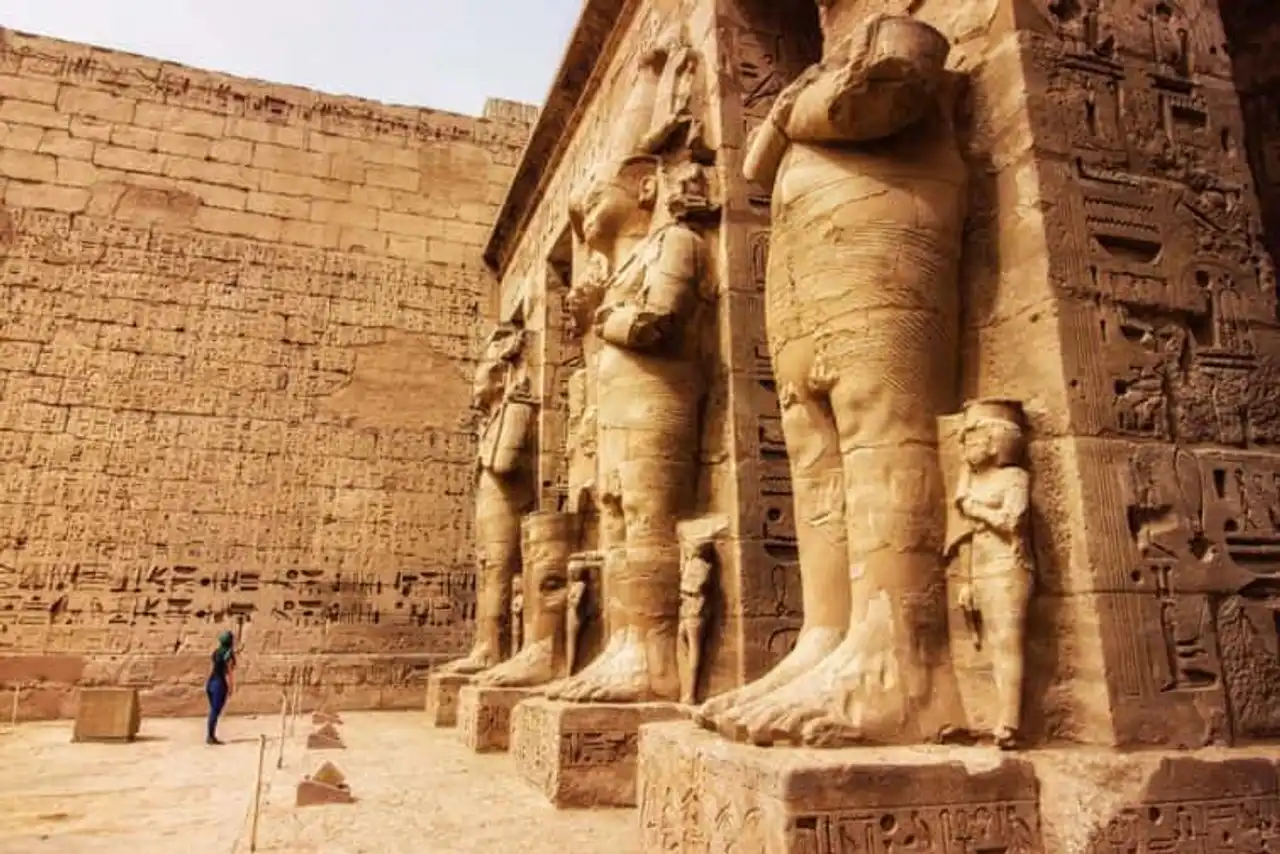
Photo credit: Shutterstock / Aline Fortuna
Another temple in Luxor, will you tell us? Yes, but this one has a fortified entrance, which is not found in any pharaonic construction. This gives him an unusual military aspect. Built for Ramses III, the temple of millions of years is in very beautiful state of conservation.
8. Deir el Medina, the craftsmen's valley
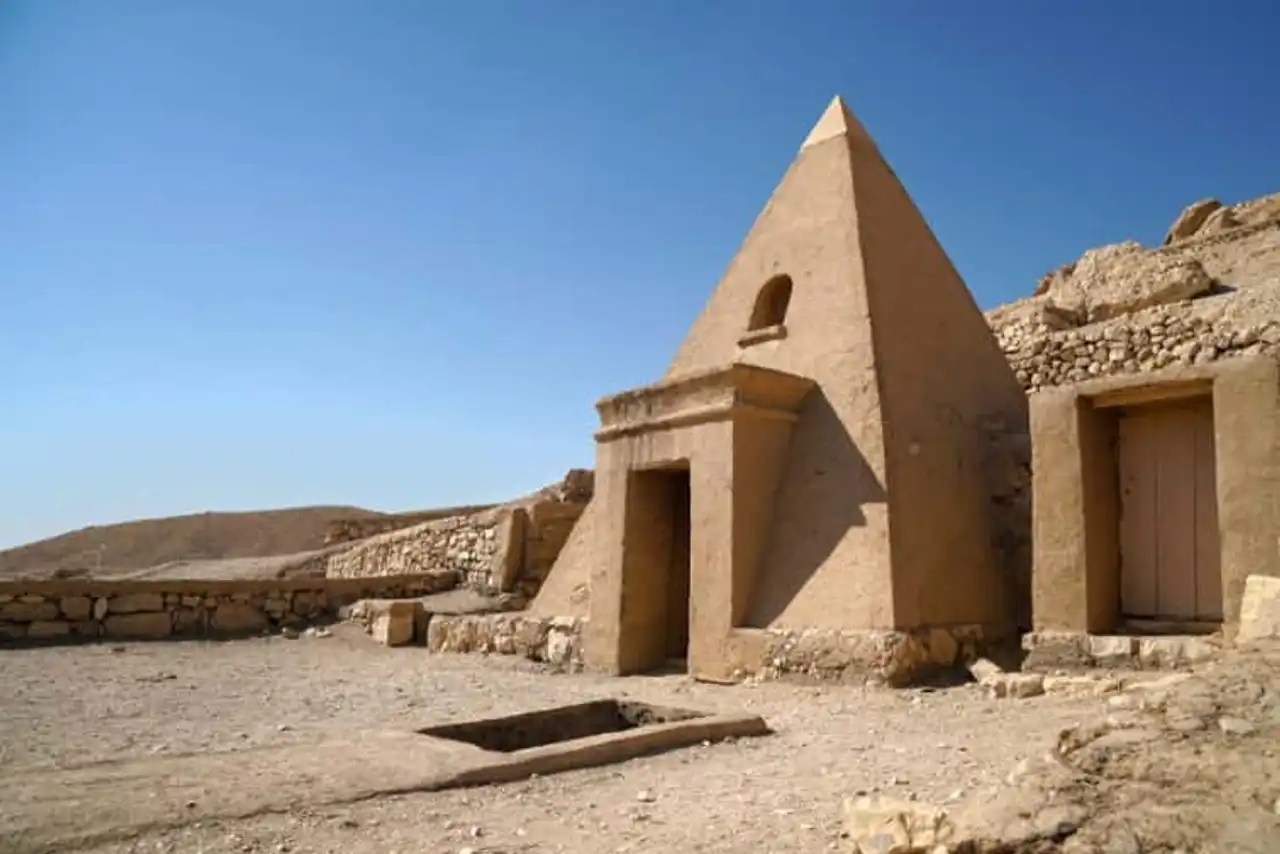
Photo credit: Shutterstock / Holger Kirk
Impossible to visit Luxor without passing through the mythical Deir el Medina craftsmanship valley!
The New Empire period from -1500 to -1000 BC was the most prosperous of Egypt. It gave rise to the construction of many monuments, with pharaonic works. Specialist workers, such as careers, painters, sculptors... and their families were housed in a city specially built for them.
Walking through the streets of Deir el Medina, you can see the living conditions of this middle class of the time.
9. A sound and light show
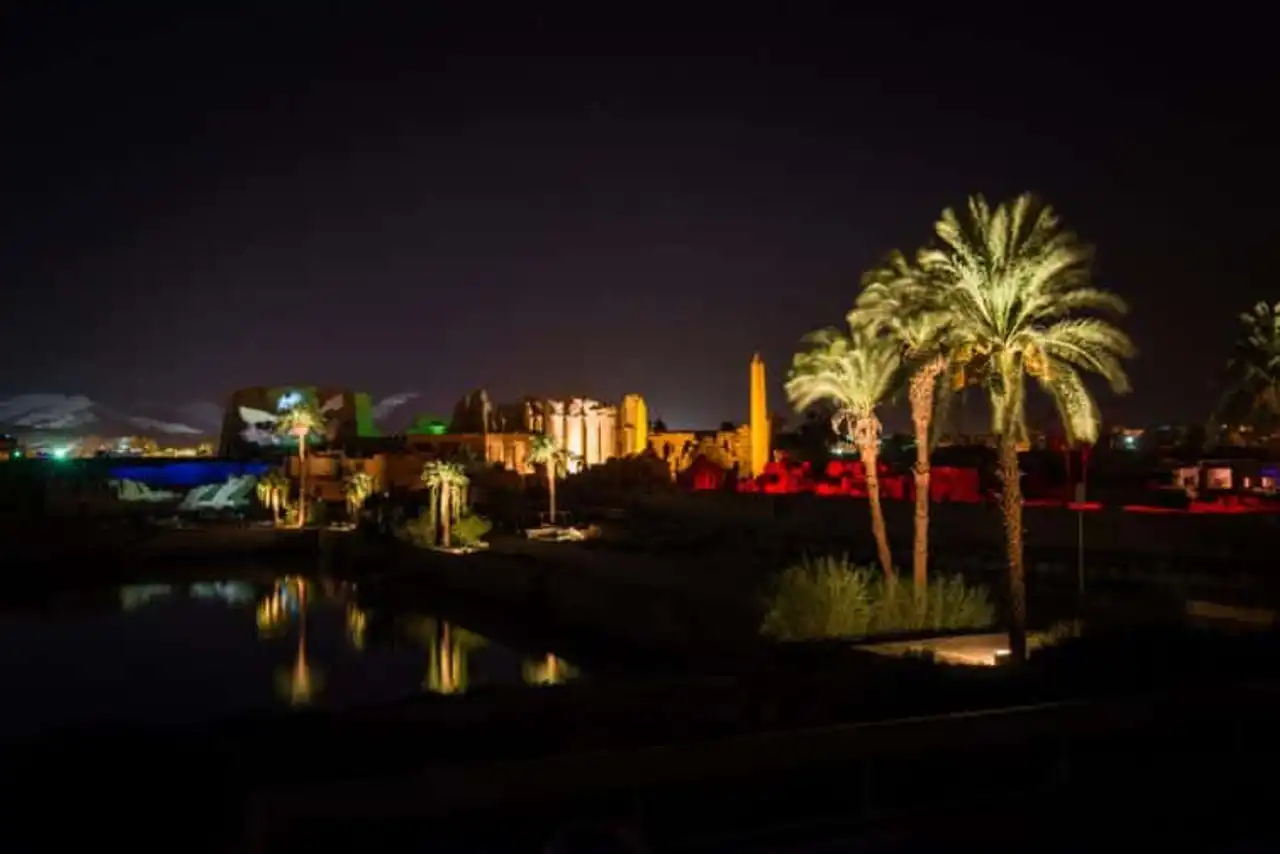
Photo credit: Shutterstock / EBONYEG
If the visit to the Karnak temple is one of the must-sees in Luxor, it is also necessary to add the sound and light show, which takes place there. every night . There are three meetings, some of which French , so you will have no difficulty finding a schedule to your convenience.
The show is an enchantment: all the elements are highlighted by light games and voices make you relive Luxor in the time of the pharaohs. Visiting Luxor is also discovering local folklore!
10. The souks

Photo credit: Shutterstock / monticello
No way to visit Luxor without going to discover his souks. It is actually a single souk, divided into two distinct parts.
- The first one materializes by an entrance, leading to renovated aisles in 2006, protected by a charming pergola. The aisles are wide and it is easy to find them.
- The second souk is mainly frequented by the premises, which mainly find food. Fruits and vegetables cleave live animals in a happy capharnaüm and sellers are less insistent.
11. A tea on the terrace of Winter Palace

Photo credit: Shutterstock / Alexandra Anschiz
What to do in Luxor after having done the full culture in different museums and temples? Visiting Luxor is exhausting: a break is needed!
The best place for this is at the Old Winter Palace, dating from the early 19th century, and converted from a 5-star hotel. If you cannot offer a room there, you can at least enjoy its terrace, to enjoy a tea. This will allow you to make a short visit and enjoy the view of the beautiful gardens.
12. Luxor by boat
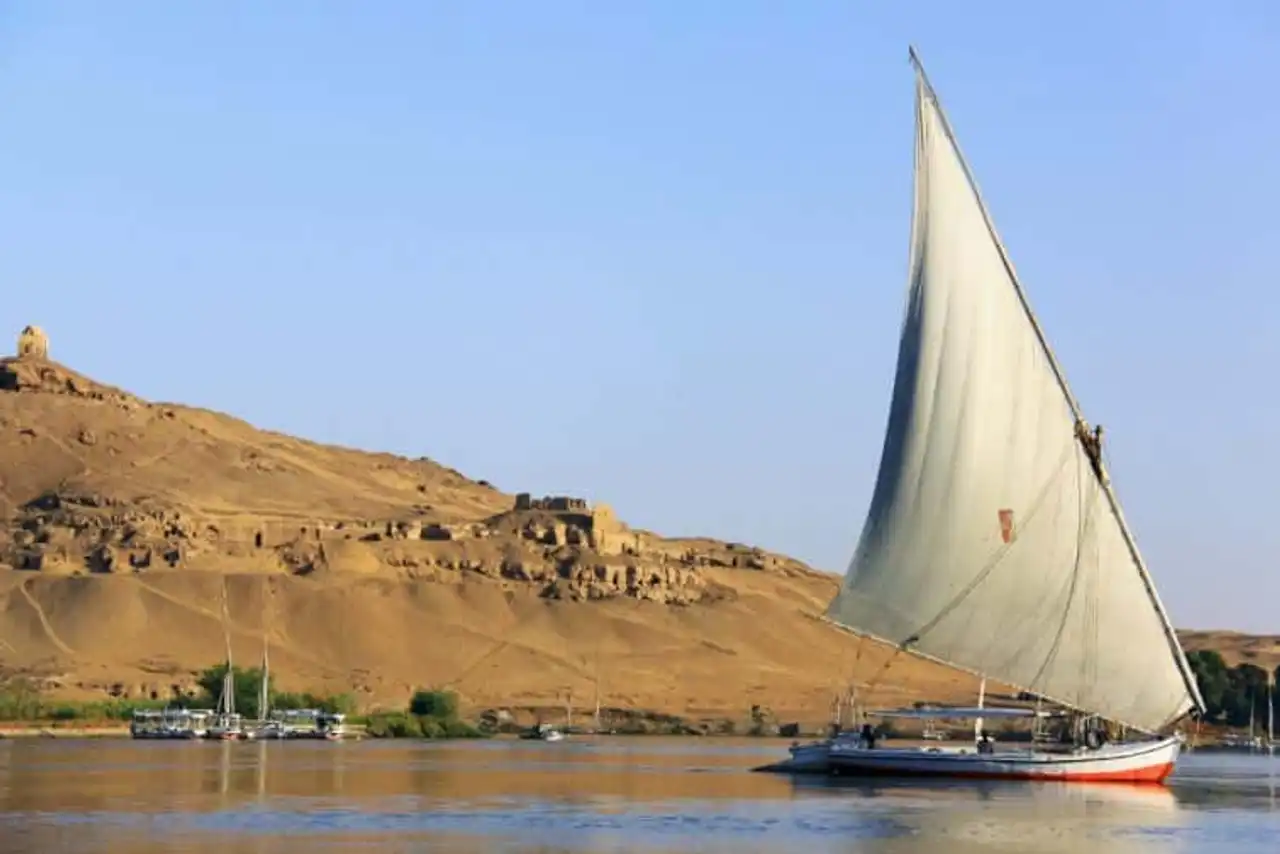
Photo credit: Shutterstock / Cyril PAPOT
There are decidedly many things to do in Luxor to admire all the treasures. You can admire the monuments from the shore and make a stopover during a cruise on the Nile. You can sail in felouque, an iconic boat in the shape of a trapeze.
The best moments are Morning to admire the islands and monuments under a pleasant breeze, and evening , to admire the sunset on the river.
13. Luxor en montgolfière

Photo credit: Shutterstock / Youssef Mamdouh
Visiting Luxor in the near future is magical, but are you looking for more originality? Why not contemplate the whole local heritage during a hot-air balloon flight?
Sailing in the air on one of these machines is a magical experience whatever the place, but in Luxor, you will be particularly dazzled by the spectacle of the Valley of Kings, the temple of Queen Hatchepsout, Karnak... As a bonus, the villages and fields, as well as the Nile curves.
How to get to Luxor?
The aircraft is the fastest way to reach Luxor from Paris .
- Egyptair operates many flights, often in association with other companies, with a stopover at Cairo. The total duration of the trip turns around 8h.
- Turkish Airlines provides the entire journey, with a stopover in Istambul. The total duration of the trip turns around 8h.
- The Monday, ASL Airlines France, offers a direct flight 5h about, for an interesting price.
Do not hesitate to make simulations on the site Skyscanner , to find the best solution for you. The airport is located 8min by taxi the center of Luxor.
You can also visit Luxor during a cruise on the Nile, from Cairo For example.
Where to stay in Luxor?
Visiting Luxor is exhausting! You must now find accommodation for the night. But don’t worry, the offer of accommodation is very important in Luxor and covers all budgets! Campsites, hostels, family-run hotels of all categories, as well as many rooms or apartments Airbnb .
Do you want a quiet and rural setting? Opt for the left bank (West Bank) of the Nile. If, on the contrary, you prefer the animation of a modern city, look rather at the right bank (East bank). In any case, do not hesitate to consult our Compare hotels .
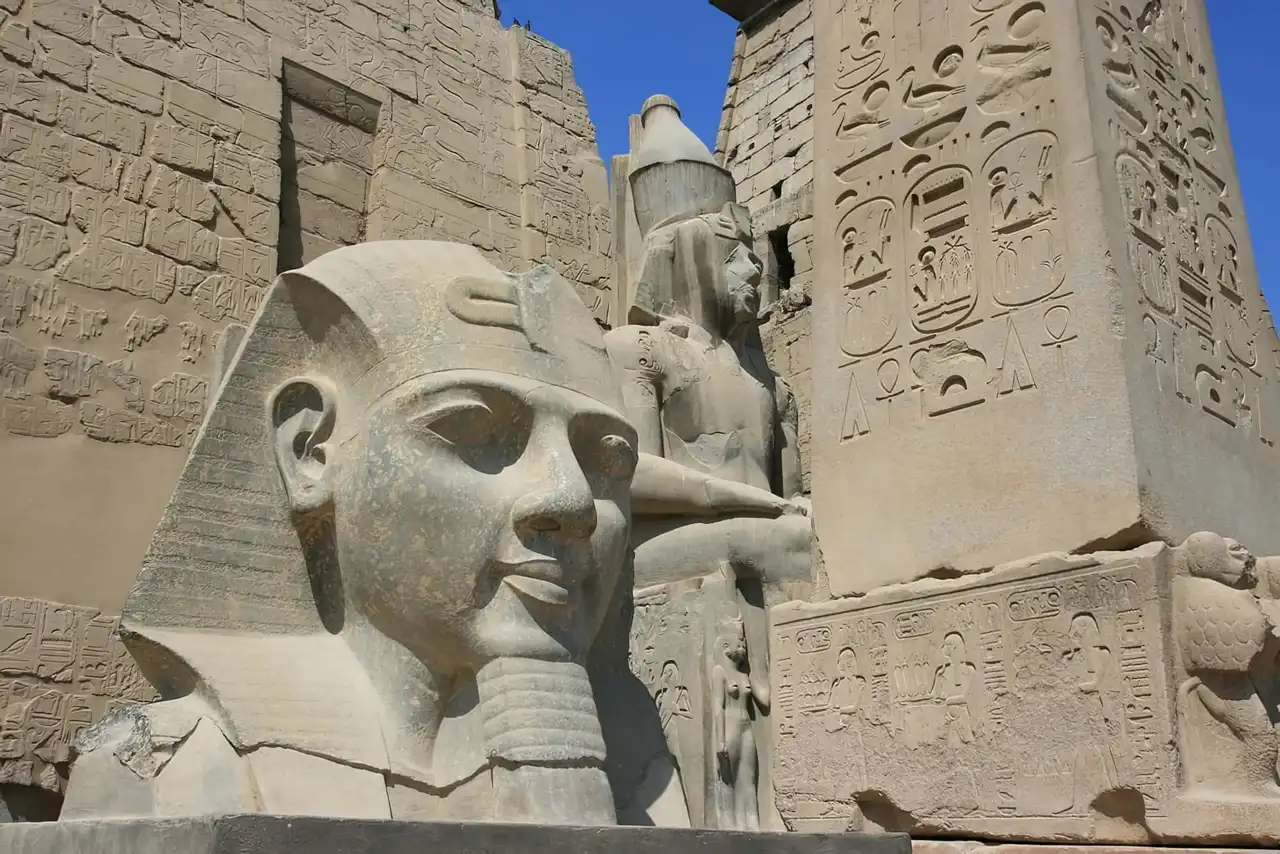







Loading comments ...